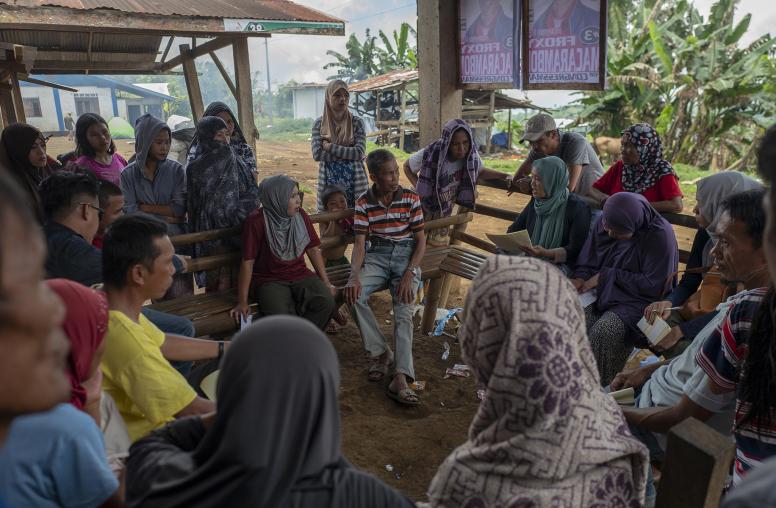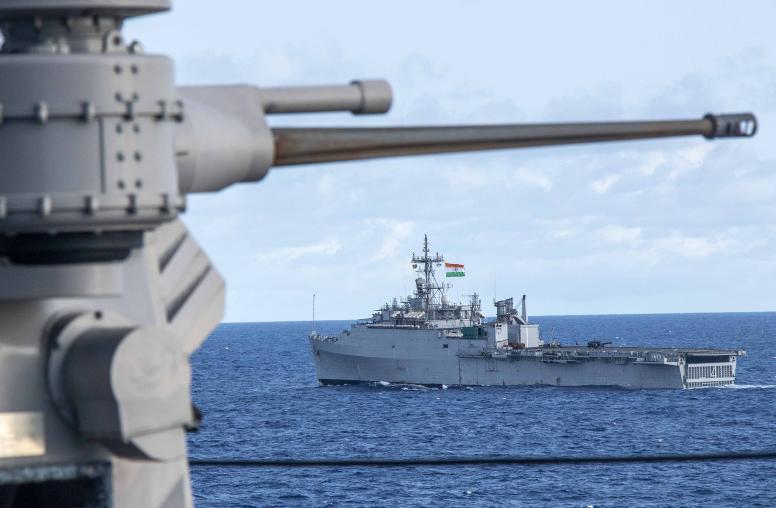Year in Review: The Global Peacebuilding Center
The Global Peacebuilding Center, USIP’s youth-focused education program, marked its first full year in 2012. Ann-Louise Colgan, director of the GPC, highlights some of the ways that the GPC is empowering the next generation of peacebuilders.
- In person and online: The Global Peacebuilding Center space at USIP includes a classroom and interactive multimedia exhibits, as well as a virtual destination, www.buildingpeace.org, home to online resources and activities for students and educators. “The purpose of the Global Peacebuilding Center is to extend USIP’s reach to new audiences through these new means - to introduce them to some core concepts in peacebuilding, to the important work that USIP does around the world,” Colgan says. The GPC is also intended to “really reach this new generation of peacebuilders, to engage these young people and empower them with knowledge and skills, so that they understand that they too can make a difference and that they have a role to play,” she says. “We welcomed more than 6,000 students and educators here for programs” in 2012, she says, and reached more than 20,000 people online.
- Why peacebuilding matters: When young people first visit the GPC, “they’ve never really thought about peacebuilding and why it matters to them,” Colgan says. But as they reflect on their workshop-based experience at the GPC, they gain a deeper understanding of conflict and how to deal with it, she says. “We all have conflict,” Colgan says, “and it’s how we deal with it that makes it positive or negative.”
- Witnesses to peacebuilding: The GPC houses a video exhibit that tells the story of several peacebuilders from around the world. “This year we were proud to add a sixth story to this series,” Colgan says, “the story of Lieutenant Colonel William Zemp, who talks about a reconciliation initiative in Mahmoudiya, Iraq, in 2007. It’s really opened the students’ eyes to this role that the military can play as peacebuilders in some of the toughest conflict zones around the world. It’s also a video that focuses on the theme of partnerships in peacebuilding, which is so core to USIP’s work.”
Explore Further
- Visit the Global Peacebuilding Center
- Lieutenant Colonel William Zemp: Partnerships in Peacebuilding
- More of 2012 in Review




